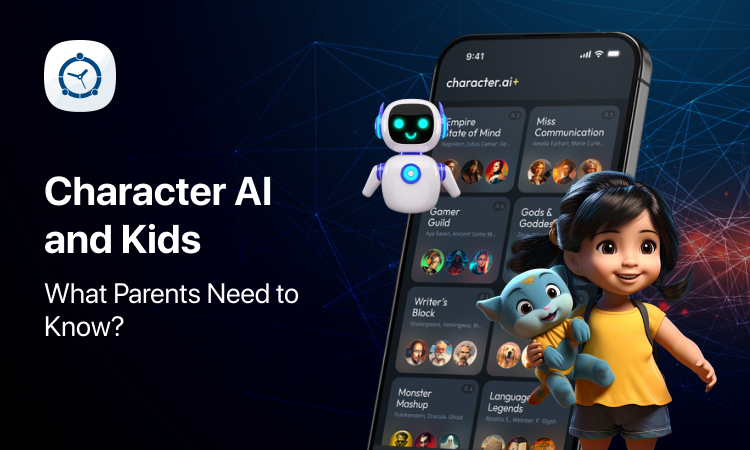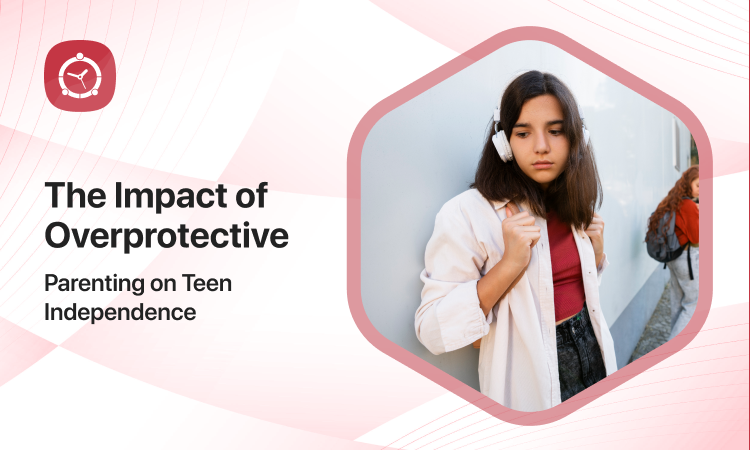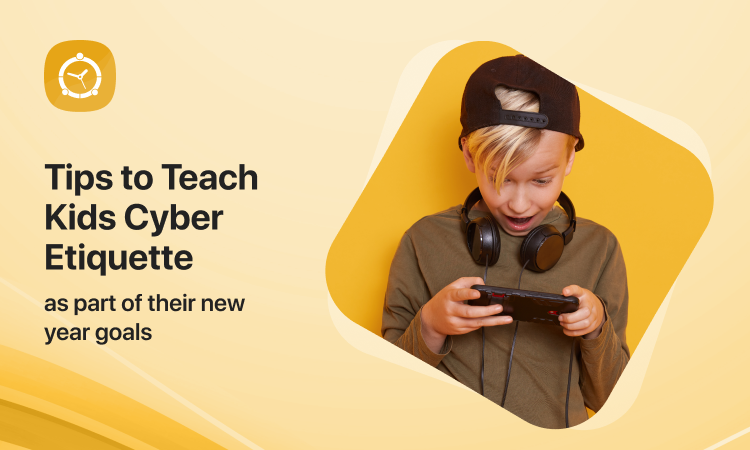AI chatbots have become integral to our daily interactions, whether through voice assistants like Siri or customer service platforms. As this technology continues to advance, the usage patterns among young people, particularly teenagers, are also evolving.
A notable platform in this space is Character AI, which boasts over 20 million users. It enables individuals to converse with AI characters that mimic the behavior and speech of real people. While this innovative tool offers engaging experiences, concerns about safety for children and teens arise.
Parents should consider several important factors before allowing their children to use Character AI. This guide aims to clarify what Character AI is, discuss potential risks associated with its use, and provide practical tips for parents to ensure their children’s safety, particularly through tools such as the FamilyTime parental control app.
What Is Character AI?
Character AI, also known as c.ai, was launched in late 2022. It utilizes advanced AI technology to create virtual characters that can engage in conversations with users. Unlike Siri or Alexa, these characters exhibit more human-like qualities such as personality, emotion, and even humor.
Users have the option to interact with both famous characters and create their own. For instance, you can chat with Shakespeare, discuss politics with Abraham Lincoln, or build a custom character from scratch.
Why Is Character AI So Popular?
There are several reasons why people love Character AI. For one, it’s fun and creative. Moreover, it can feel surprisingly personal. Some common uses include:
- Entertainment: Users enjoy roleplaying and storytelling with characters.
- Emotional Support: Some talk to AI “therapists,” even though they are not professionals.
- Social Practice: Shy Teens may use it to practice conversations.
However, this popularity also raises concerns. Sometimes, users form emotional bonds with bots. As a result, they may become too dependent or develop unrealistic views of relationships.
What Is the Age Requirement for Character AI?
According to the Terms of Service, Character AI is intended for users who are 13 years old or older (or 16 years old or older in the EU). This age limit is based on data privacy laws rather than safety concerns. However, there is no age verification process in place, which means that children under 13 can easily register by providing false birthdate information.
Is Character AI Safe for Kids?
Character AI may seem harmless, but it has serious safety concerns, especially for young users. Let’s explore the top five risks:
1. Inappropriate Content
Character AI has filters and community rules. Even so, some content slips through. Children may come across sexual language, violent roleplay, or disturbing scenarios. In some cases, characters have promoted toxic or harmful behavior.
2. Toxic Interactions
Some AI bots are designed to be mean. For instance, characters like “School Bully” and “Toxic Boyfriend” can simulate emotional abuse or bullying. This can harm a child’s self-esteem and mental health.
3. Sharing Personal Information
Many chatbots ask users questions. As a result, children may give away names, addresses, or other private details. Although Character AI claims chats are private, they are not encrypted, and data could be accessed or leaked.
4. Emotional Attachment
Because the conversations feel real, children may grow attached to the bots. Consequently, they could spend hours online, ignore real-life friends, and even experience mental health issues.
5. Misinformation
AI chatbots don’t always provide accurate facts. They can be biased or simply incorrect. If a child believes what a bot says, they may be misinformed or misled.
How Can Parents Keep Kids Safe on Character AI?
While we do not recommend Character AI for children under 16, here are five key tips for safer use:
1. Talk About the Limits of AI
Help your child understand that AI bots are not real. Additionally, explain that they lack emotions and a genuine understanding. Therefore, they should never replace real people, friends, or therapists.
2. Encourage Offline Activities
Spending too much time online can lead to isolation. Instead, promote sports, hobbies, and face-to-face time with friends. If needed, set clear screen-time limits.
3. Show How to Report Inappropriate Bots
Character AI allows users to report characters that break the rules. So, teach your child how to use these tools. That way, they’ll know how to protect themselves.
4. Discuss Online Privacy
Remind your teen not to share personal details online, even with a chatbot. Explain why information like full names, phone numbers, or school names should stay private.
5. Use FamilyTime Parental Control
Because Character AI does not offer built-in safety tools, a parental control app like FamilyTime is essential. With it, you can:
- Block access to Character AI
- Set daily time limits
- Get alerts when the app is used
- Track screen time and usage
Through FamilyTime, parents can help their kids build healthy digital habits and stay protected online.
Wrapping Up: Is Character AI a Safe Space for Kids?
Character AI is a platform known for its creative and engaging features. However, it is advisable that users under the age of 16 refrain from using it, as the platform does not implement age verification measures. This lack of oversight could potentially expose younger users to harmful content, toxic interactions, and various emotional risks.
For teens aged 16 and over, it remains essential for parents or guardians to provide close supervision. Open conversations about the potential risks and benefits of using AI, coupled with education on online safety practices, can significantly contribute to responsible and safe usage. Additionally, utilizing parental control applications like FamilyTime can further enhance the protective measures for your child while using such technology.








